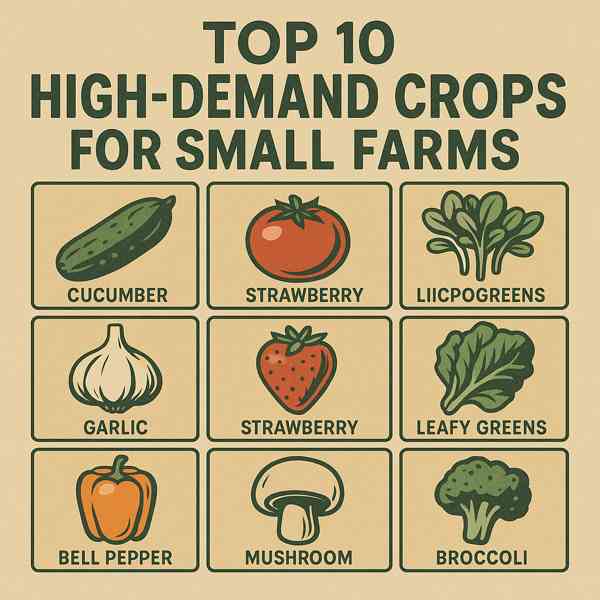Why These Industries Are Vital
Why These Industries Are Vital
Blog Article

While agriculture focuses on sustaining human needs, forestry involves managing and conserving forests.
As technology and sustainability become more prevalent, both agriculture and forestry are evolving to adapt to environmental changes.
Understanding Agriculture
Agriculture is the practice of producing food and raw materials.
Core practices in the industry:
- Cultivating grains, vegetables, and fruits
- Includes cattle, poultry, and sheep
- Combining agriculture and forestry practices
- Reducing chemical use and preserving soil
Modern agriculture aims to minimize environmental impact through innovation and technology.
What Is Forestry?
Forestry involves the care, management, and conservation of forest resources.
Core aspects of sustainable forestry:
- Managing forest growth and health
- Preserving ecosystems and wildlife
- Logging for wood and paper products
- Improving urban air quality
Responsible forestry practices help preserve natural habitats.
Sustainable Practices in Agriculture and Forestry
Sustainability in agriculture and forestry is non-negotiable as environmental issues become more prominent.
Best practices include:
- Preserving organic matter and preventing erosion
- Integrating natural cycles into farming
- Selective logging
- Counteracting deforestation effects
By embracing these practices, farmers and foresters can protect natural resources.
Major Issues to Address
Despite their importance, both agriculture and forestry face numerous challenges related to technological integration and public perception.
Main challenges include:
- Loss of fertility and structure
- Droughts and irrigation challenges
- Impacting wildlife and carbon storage
- Fluctuating prices for crops and timber
Addressing these challenges requires collaborative efforts from stakeholders.
Technological Advances in Agriculture and Forestry
Technology is revolutionizing check here both agriculture and forestry, making operations less labor-intensive.
Technological advancements include:
- Precision farming
- Monitoring crop health and forest cover
- Creating more resilient plant varieties
- Smarter resource allocation
Integrating technology ensures that both agriculture and forestry keep pace with global demands.
Conclusion
Agriculture and forestry continue to evolve.
By doing so, agriculture and forestry can continue to enhance environmental resilience.
Report this page